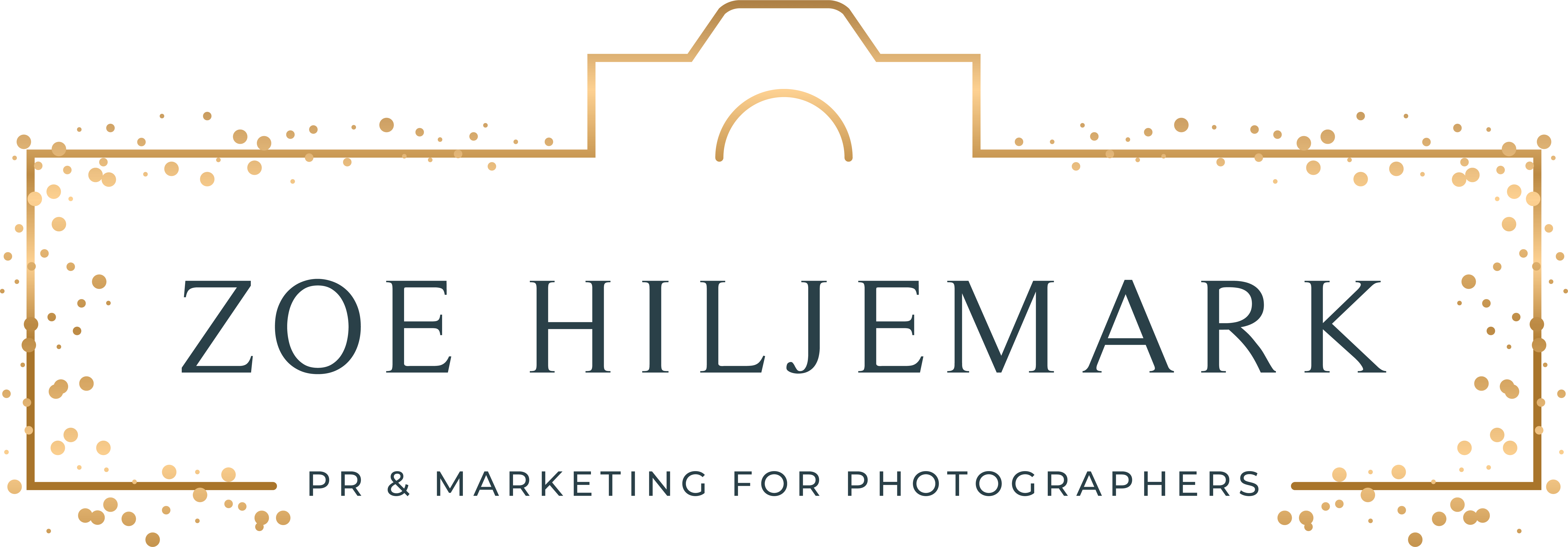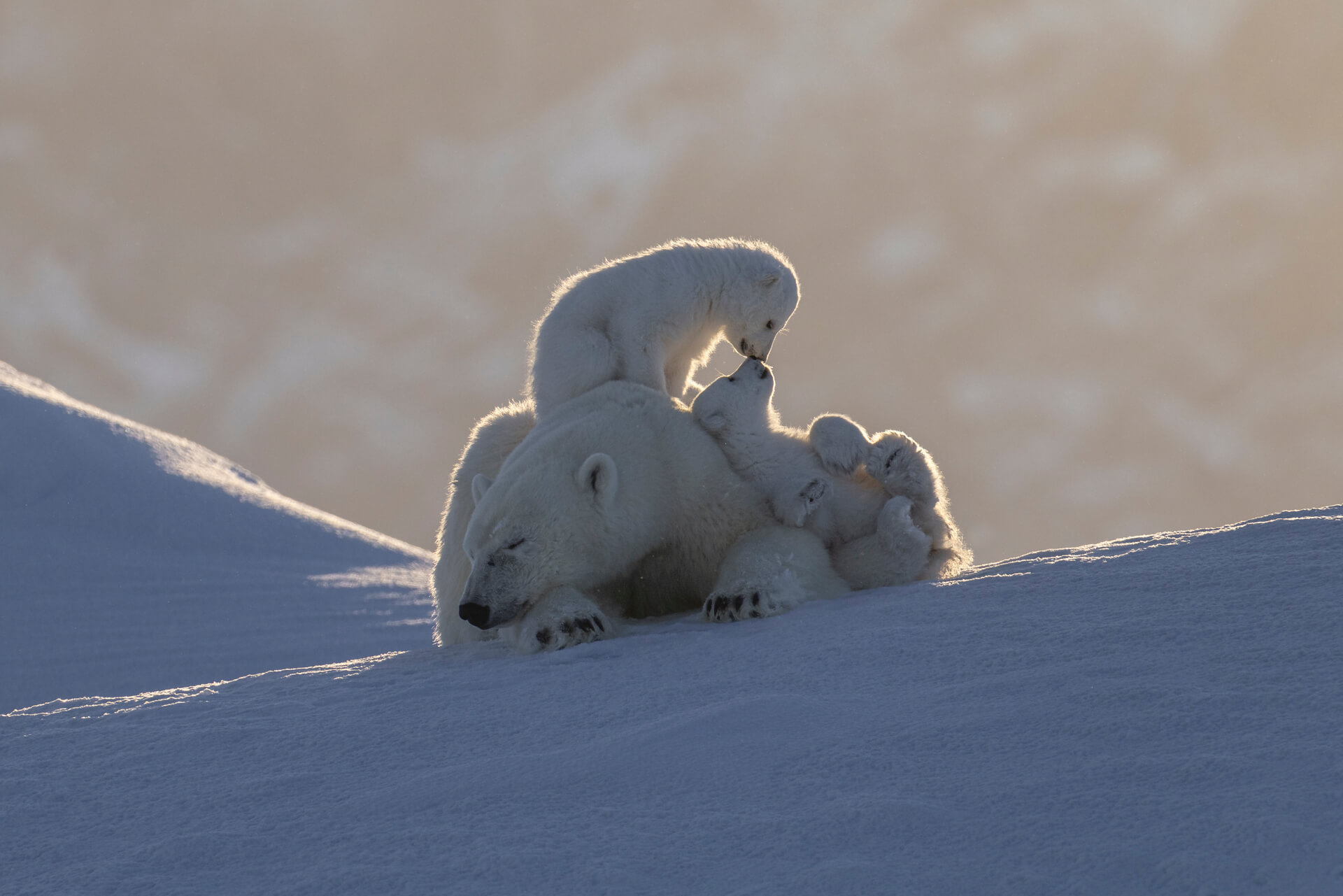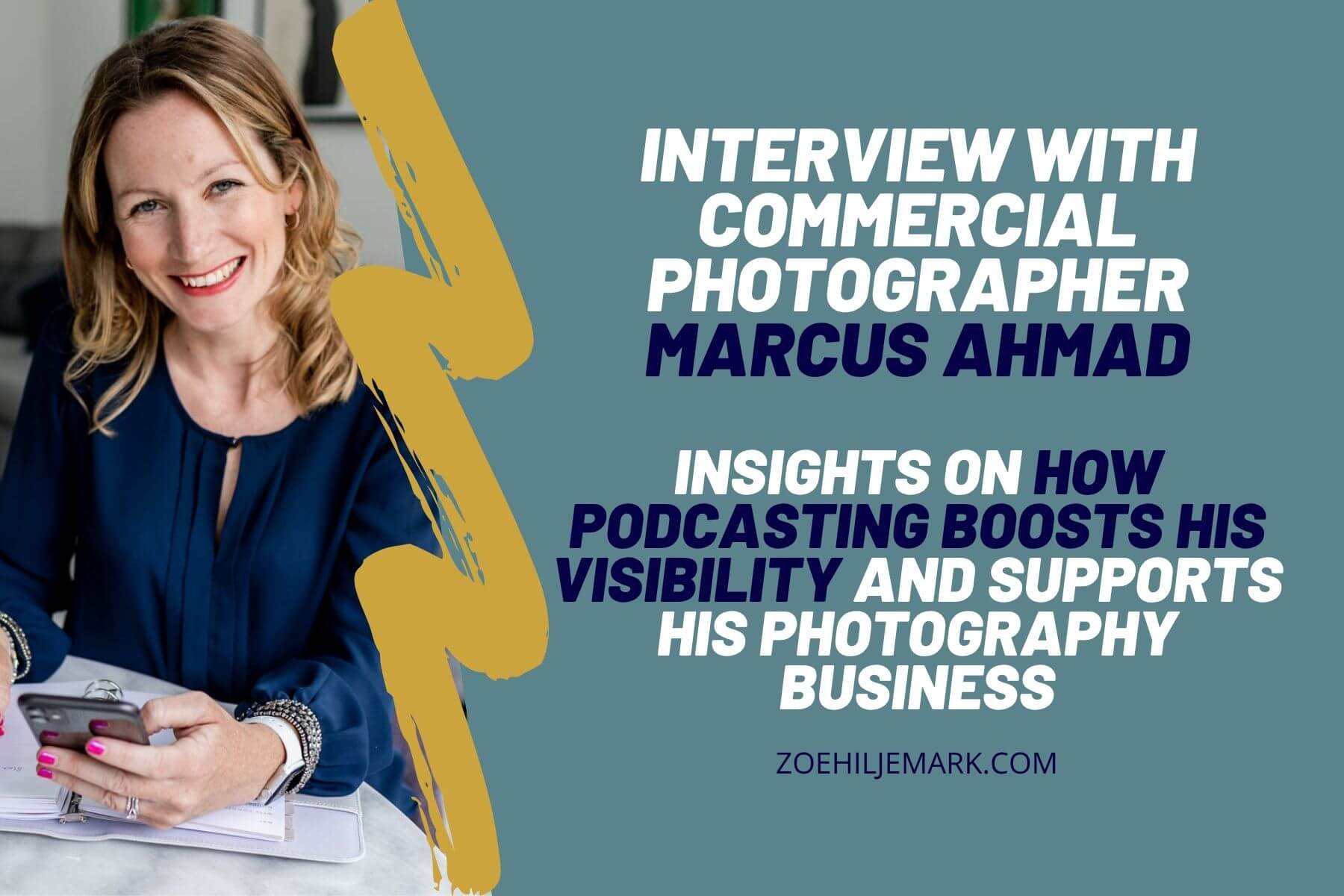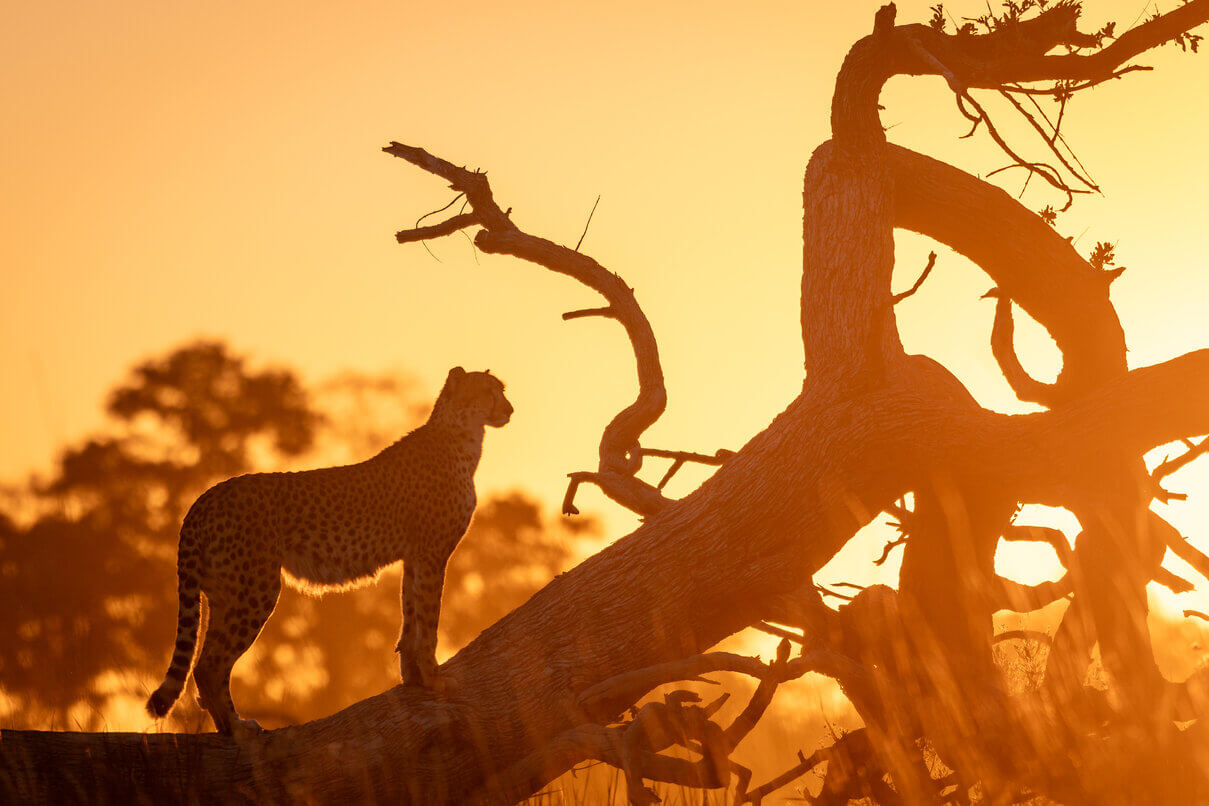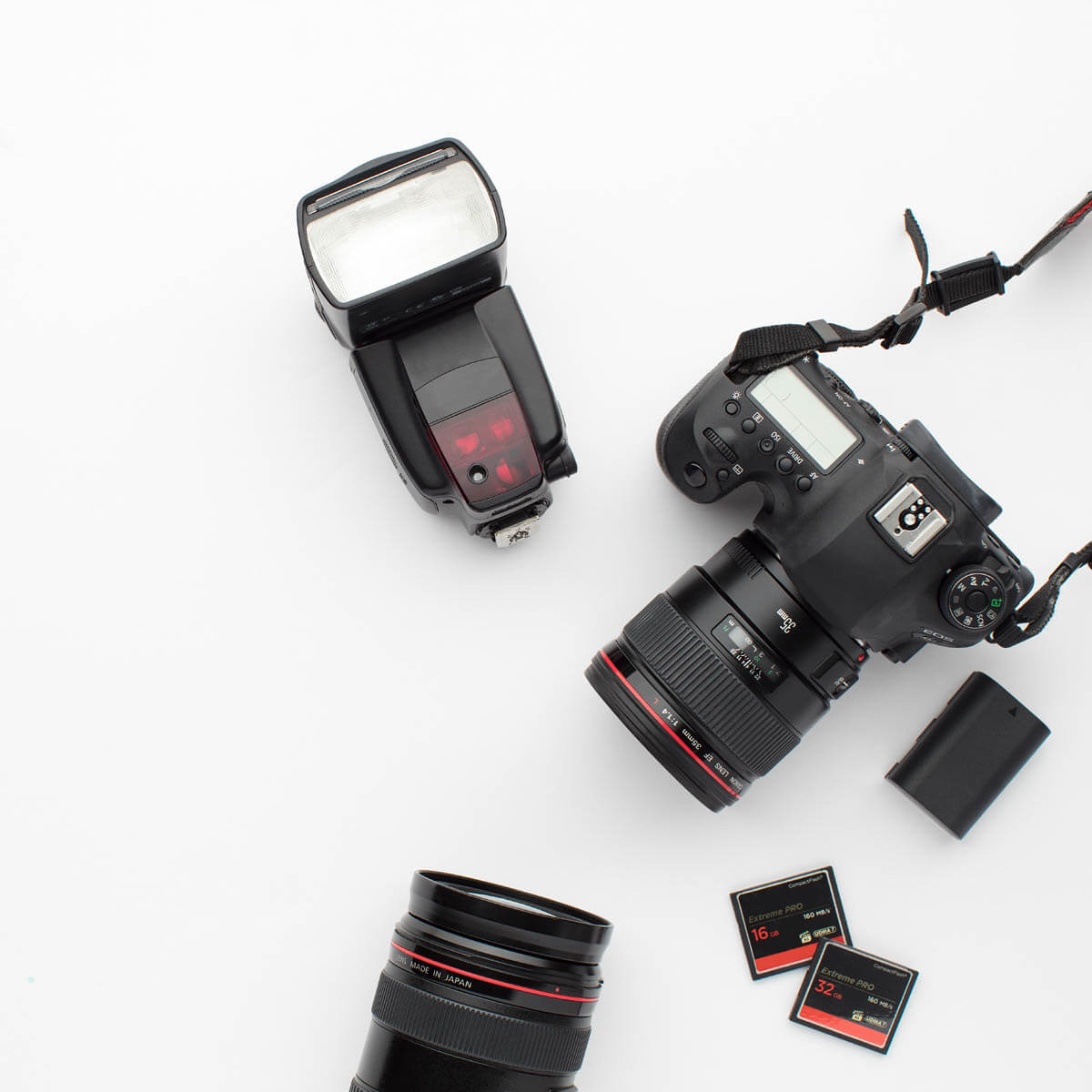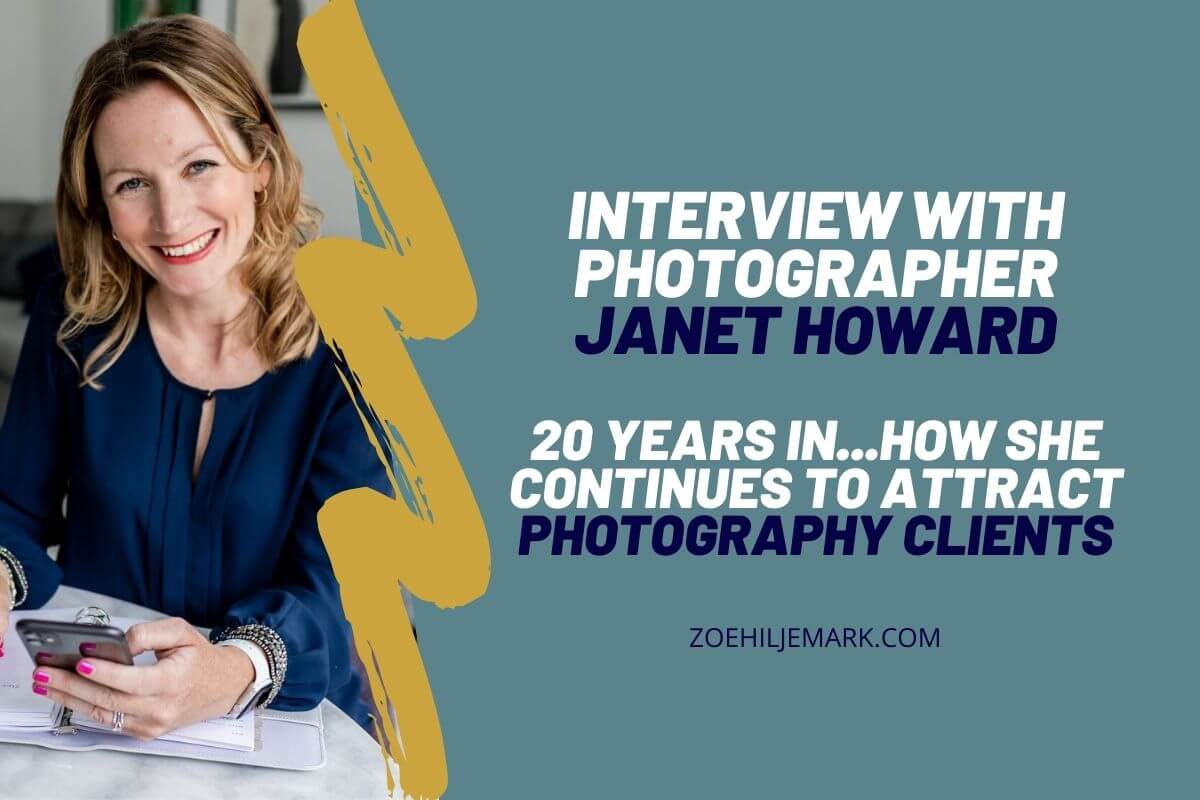Andrew Cameron: Photography That Communicates Social Good
Andrew Cameron is an experienced documentary photographer whose black-and-white imagery tells powerful stories for businesses, charities, and organisations.
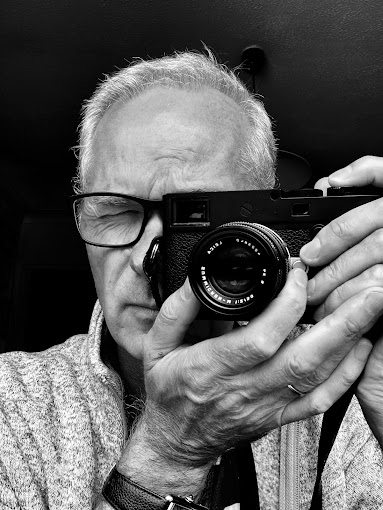
With a focus on social impact, sustainability, and community, he helps his clients communicate their values and celebrate their people through compelling, story-led photography.
Over his 25-year photography career, Andrew has worked with major brands like John Lewis, Waitrose, Penguin and UBS, always with a strong emphasis on honest, human connection and visual storytelling.
Purposeful Photography Series
Because of the wealth of experience Andrew has, and because of his inspiring photography that is centred around storytelling and communication, I felt his perspective would bring real depth and insight to this new series on purposeful photography.
A selection of his images are featured throughout this article.
My goal with this series is to shine the spotlight on photographers who are using their creativity with intention, whether to tell important stories, support meaningful causes, inspire change, or make a positive impact through their work. I hope you enjoy it!
Want to be featured in this Purposeful Photography Series? Get in touch to apply.
Zoe
Exclusive Interview with Documentary Photographer, Andrew Cameron
Can you tell us about the deeper purpose behind your photography? What drives you creatively and personally?
Andrew: “I’m driven by projects that can potentially contribute to changes that would make the world a better and fairer place.
On most of the projects that I work on, I believe that change is possible through awareness and that photography has a vital role to play in creating that awareness.”
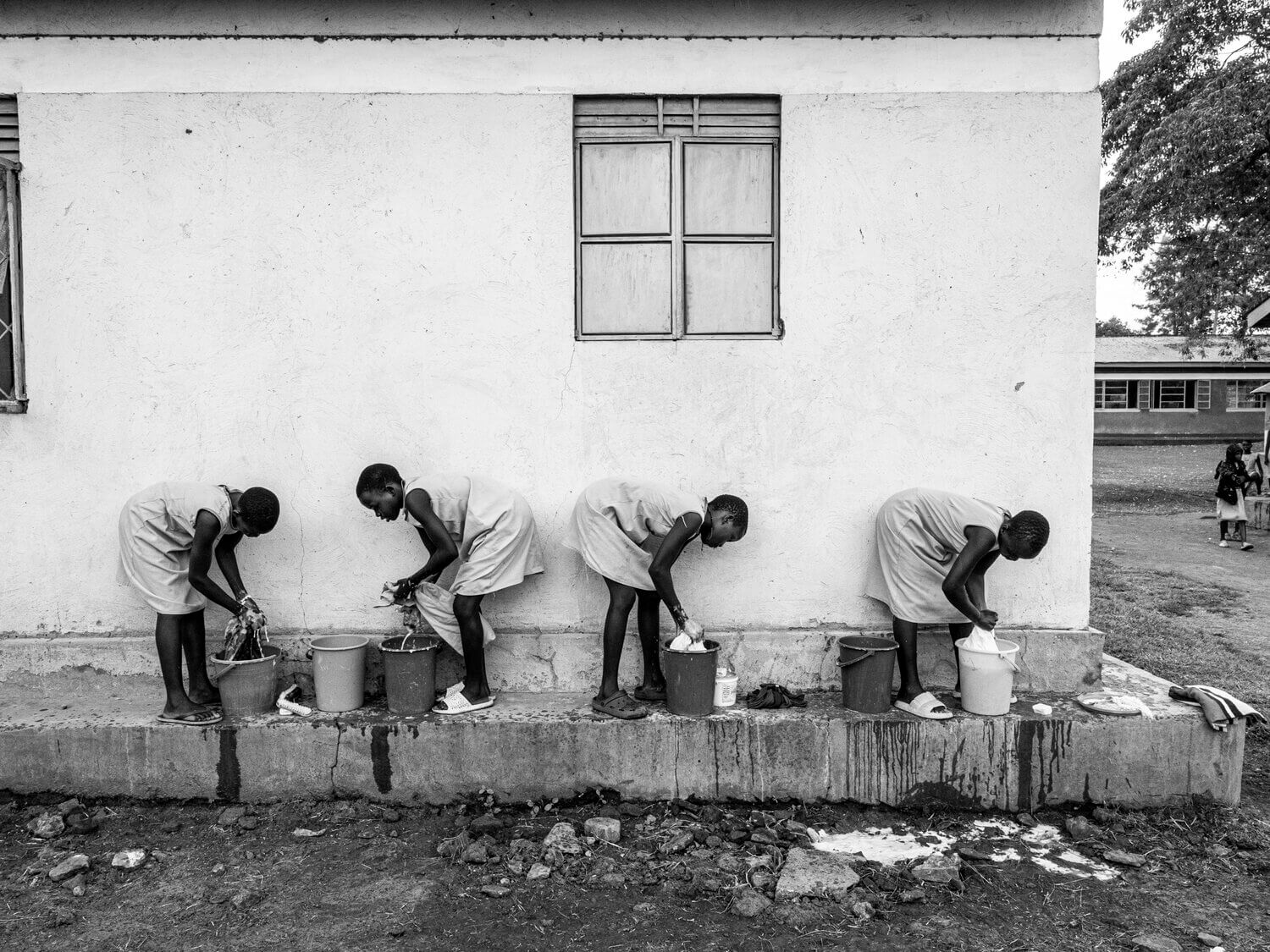
© Andrew Cameron Photography
How did your interest in creating purposeful or impact-driven work begin? Was there a moment, experience, or project that shaped this path for you?
Andrew: “I started my own business in 2000 and worked really hard, primarily producing and directing corporate films. By 2008 I was exhausted, almost burnt out and I decided to spend a month on a remote Scottish island known for its whisky distilleries, a place called Islay.
My wife and I rented a cottage for four weeks so that I could recharge my batteries. Apart from whisky, Islay also has wonderful wildlife and I had always been interested in birdwatching as a child and so over the four weeks I reconnected with nature, watching wonderful birdlife and other wildlife. And I had a thought – these birds don’t care if the wifi goes down or if I don’t respond to that email immediately, they just get on with life.
That helped me to reconnect with the natural world and be more curious about the loss of biodiversity and the sustainability agenda.
I went back to work energised. I studied, went on courses, listened to lectures and spent the next six months immersing myself in the world of sustainability and all the challenges that came with it.
By the end of that year we were doing our first projects with clients on sustainability issue and also working with a conservation charity to produce a film of their work very close to our studio in Hampshire.”

© Andrew Cameron Photography
In what ways do you feel your photography contributes to something bigger than just the final image, whether that’s in your local community, industry, or the wider world?
Andrew: “I’m driven by certain issues such as sustainability, poverty, land use, biodiversity loss and others so my choices about what photography projects to focus on are largely influenced by those issues.
In reality I have a list of subjects and issues that interest me, they are written down in a book and every month or so I revisit the list and add to it or make notes.
Because I have a list I can subscribe to newsletters, publications and any other stimuli to feed my imagination and see if there is something that strikes me as being interesting.”
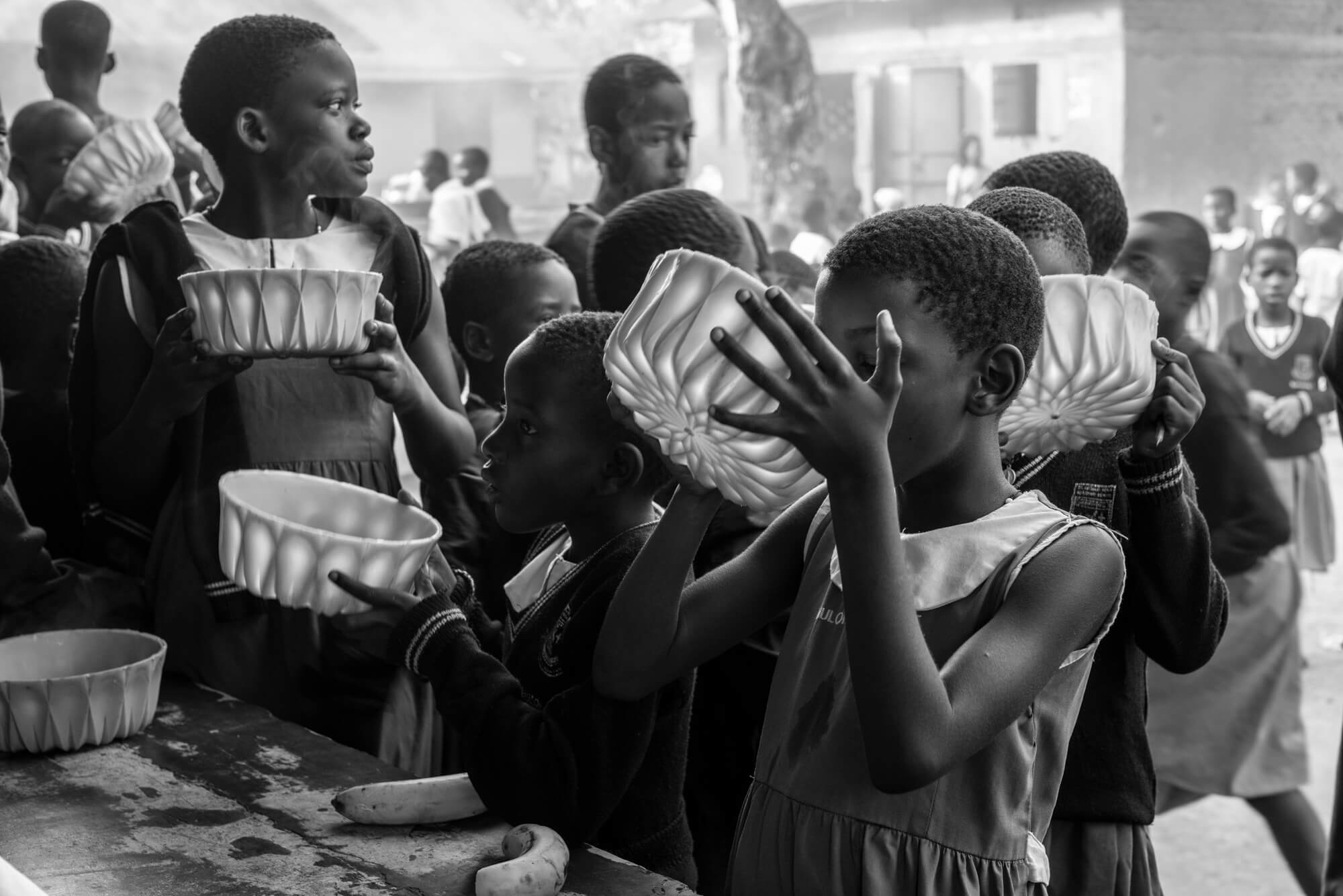
© Andrew Cameron Photography
How does your sense of purpose influence how you approach your work, your subjects, or the stories you tell through your photography?
Andrew: “I’m a documentary photographer, so for me the story has to be about people and I’m either documenting a way of life that is disappearing, highlighting an issue or challenge that people are faced with, or simply celebrating what people are doing to make the world a fairer place for all.
I’m also keen to find new angles. For example I’m working on a project about the most deprived town in England. The majority of people who visit to record or photograph the town focus on the deprivation and add to the existing narrative. Whereas I’m working with local people to see what happens behind the front door where I’ve found people who love the town and wouldn’t want to live anywhere else. I’m finding out how people help each other and learning to see the place through their eyes and experiences.
My project is counter to the accepted narrative, which I find more challenging and interesting.”
Can you share an example of a project, series, or moment where you saw your photography make a real impact on someone else, on yourself, or in a broader sense?
Andrew: “In 2023, I was asked to create a series of photographs for a homeless charity who were launching a new website.
My objective was meant to focus on the work and workers of the charity but it was impossible to do this without also interacting with their clients, who were homeless people of all different ages.
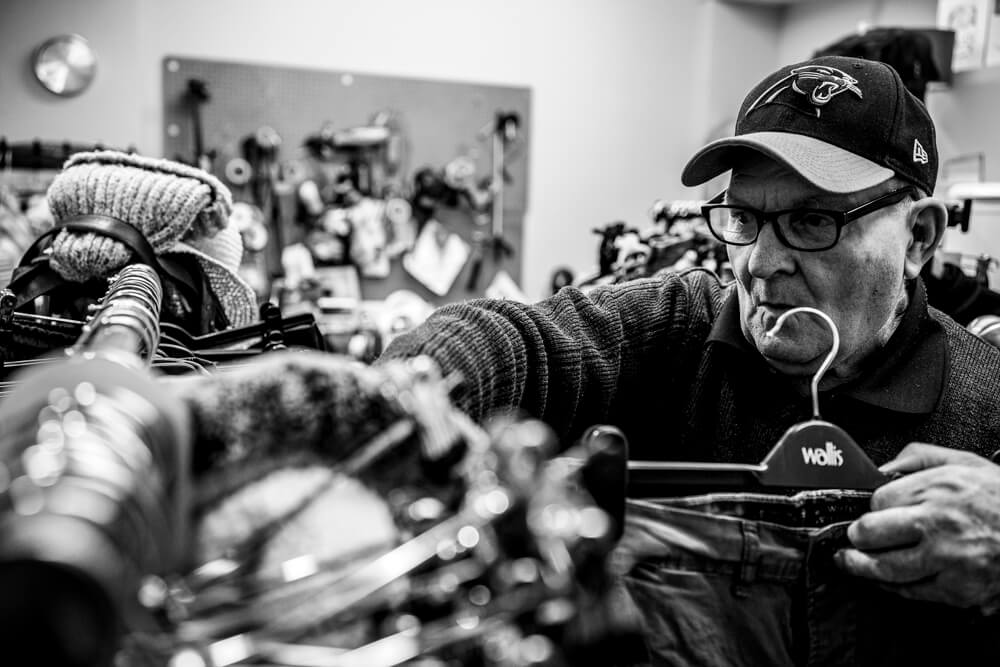
© Andrew Cameron Photography
Through meeting these people I realised that my own perceptions of the causes of homelessness were completely wrong. I assumed that systems within society were robust enough that only those who chose homelessness were on the streets.
I very quickly realised that I was wrong and that in many instances people found themselves homeless because they were victims of circumstances beyond their control, such as illness, redundancy or a system that couldn’t keep up with change.
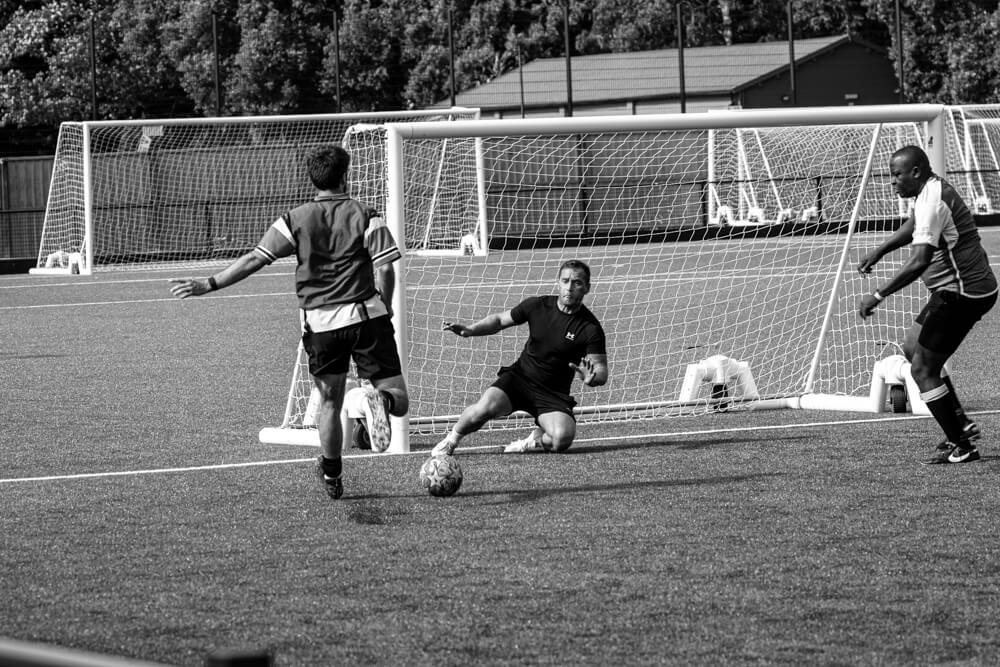
© Andrew Cameron Photography
Once I had completed the project I proposed to the client that there was another story to tell which was much more engaging and that was the story of the people who found themselves homeless but were helping themselves to get out of it.
Suddenly the project wasn’t about the work of the charity, it was more focused on the impact it could have.
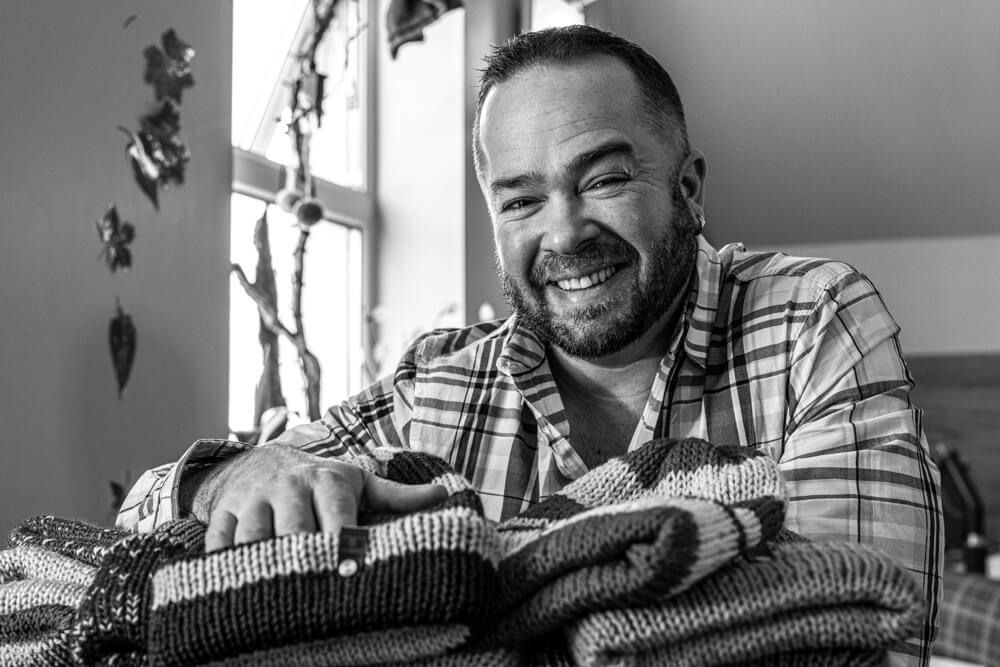
© Andrew Cameron Photography
The project took almost a year and culminated in a series of exhibitions across the region that got media attention and helped during a vital fundraising period.
It was a project that had an impact on society but also made me aware of bringing my own bias to situations and how unhelpful that can be in seeing what the real story should be.“
What challenges or dilemmas have you encountered in creating work that has meaning beyond aesthetics, and how have you navigated them?
Andrew: “For any project the biggest challenge is getting started but one thing I’ve learned is that people like to share. Whenever I’m going into a new situation with people the first thing I do is ask them about themselves – what they do? how they do it? how long they’ve lived/worked here? etc etc. So when I have an idea now I’m not afraid to approach people for help and access to places.
If you’re sincere and your portfolio supports your sense of purpose then I have found that most people are not just happy to listen, but they are willing to really help.
The biggest dilemma is always when to stop photographing particularly if the people involved are vulnerable. When raising awareness it’s important to ensure that you are affording those being photographed some diginity, even if they might be homeless are destitute. So you have to be aware of ensuring that each photograph contributes to the story and doesn’t distract from it.“
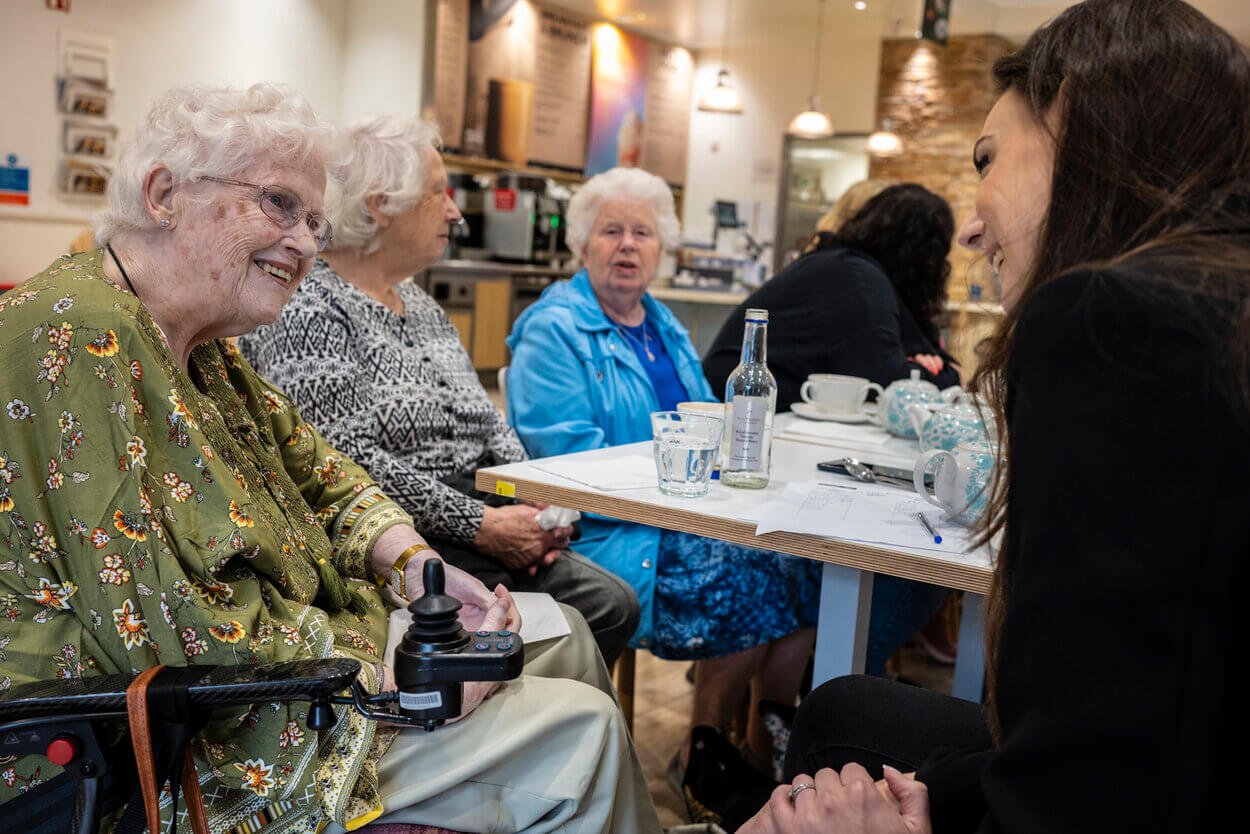
© Andrew Cameron Photography
What advice would you give to other photographers who want to bring more purpose into their work, even if they’re not sure where to start?
Andrew: “For anyone who wants to bring more purpose to their work, I would encourage it. It adds a whole new level of motivation and satisfaction to your photography.
If you’re a wildlife photographer, you can be focusing on declining species and their habitats. If you’re a landscape photographer, you could focus on land erosion, flooding, and over-development and apply your skills to a different story. If you’re a portrait photographer, perhaps think of a group of people who have something in common and use your photography to raise awareness; it could be a disability, an illness, homelessness, or poverty in a particular area.
There are so many opportunities for photographers to reimagine what they could do, and it’s hugely rewarding.“
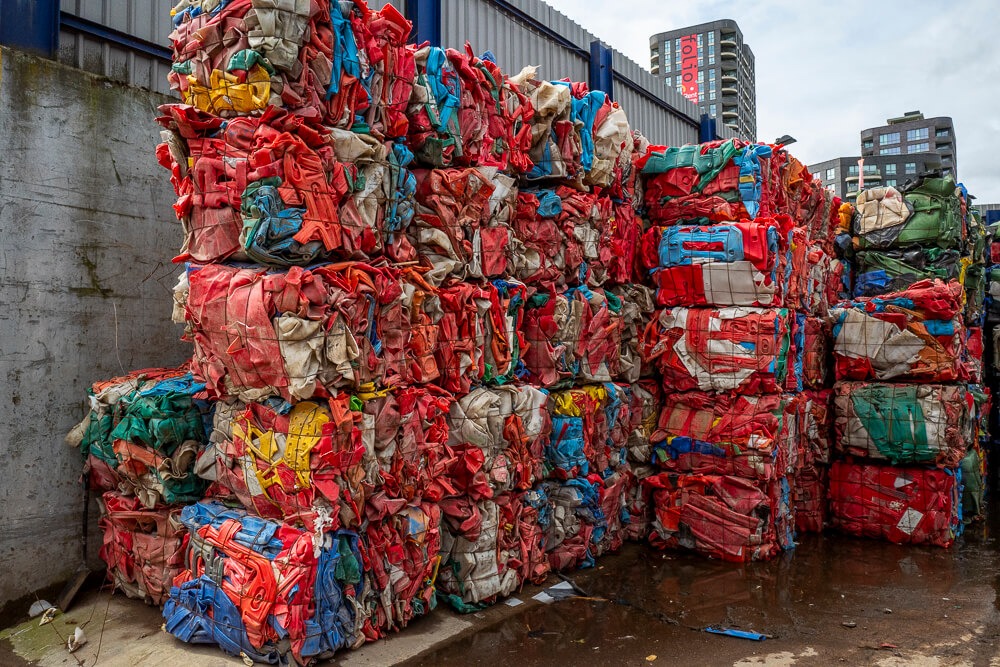
© Andrew Cameron Photography
What’s next? Do you have any upcoming ideas, collaborations, or goals you’re excited about?
Andrew: “The project about the deprived town is ongoing and is starting to take shape. Every time I visit, I’m introduced to new people, so that will run until the end of the year.
I’m just finishing a project about new farmers who are tenants of county council-owned farms. It’s been fascinating to see how and why people are still getting into farming despite all the financial pressures. The next steps will be getting the message out there, which includes a webinar in October and the opportunity for an exhibition next year.
I’m always looking for the next project because some of them take a year or more to get to the point of shooting. You have to build trust, meet people, understand what you want to say and how you might capture it.“
Thanks to Andrew Cameron for sharing his experience and insights! Find out more about his work, visit his website at www.andrew-cameron.com.
Copyright & Reproduction Notice: This interview may not be reproduced, republished, or distributed in whole or in part without prior written consent from Zoe Hiljemark. Proper attribution is required for any authorised use or excerpting.
